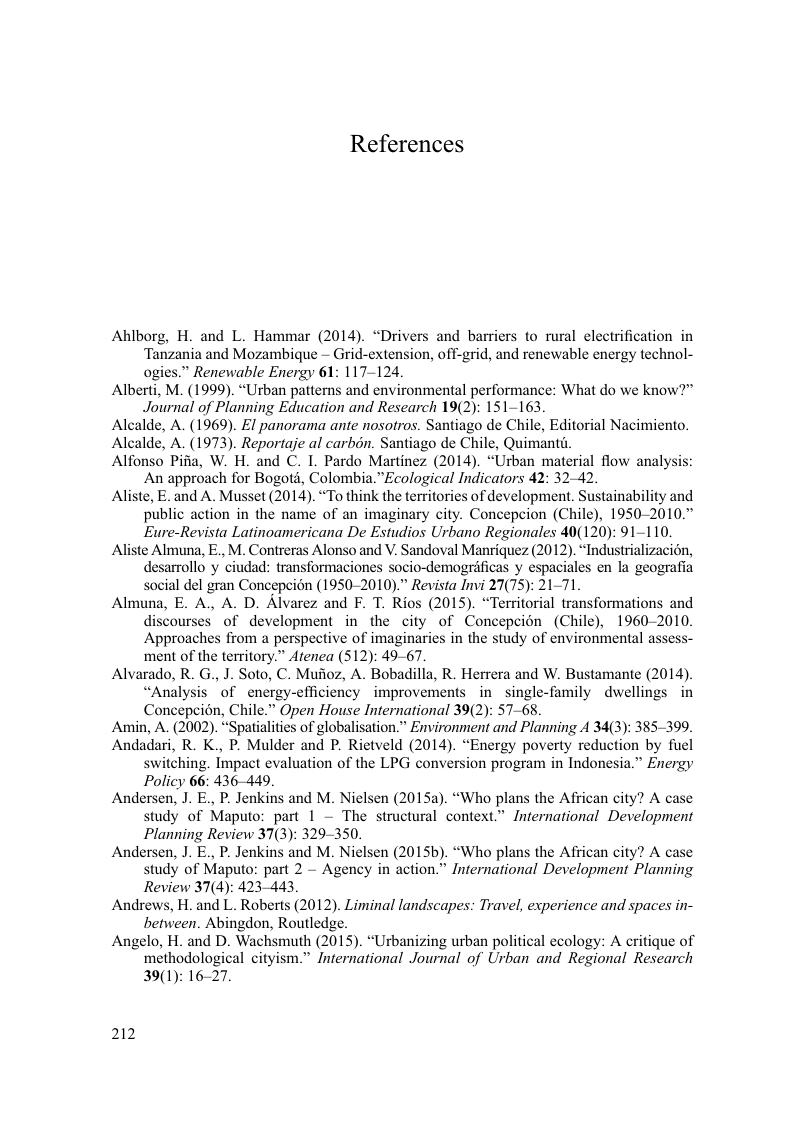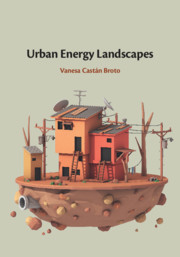Book contents
- Urban Energy Landscapes
- Reviews
- Urban Energy Landscapes
- Copyright page
- Dedication
- Contents
- Acknowledgments
- 1 Introduction
- Part I Understanding Urban Energy Landscapes
- Part II Heterogeneous Urban Energy Landscapes
- Part III Change and Transformation in Urban Energy Landscapes
- Notes
- References
- Index
- References
References
Published online by Cambridge University Press: 08 April 2019
- Urban Energy Landscapes
- Reviews
- Urban Energy Landscapes
- Copyright page
- Dedication
- Contents
- Acknowledgments
- 1 Introduction
- Part I Understanding Urban Energy Landscapes
- Part II Heterogeneous Urban Energy Landscapes
- Part III Change and Transformation in Urban Energy Landscapes
- Notes
- References
- Index
- References
Summary

- Type
- Chapter
- Information
- Urban Energy Landscapes , pp. 212 - 236Publisher: Cambridge University PressPrint publication year: 2019



